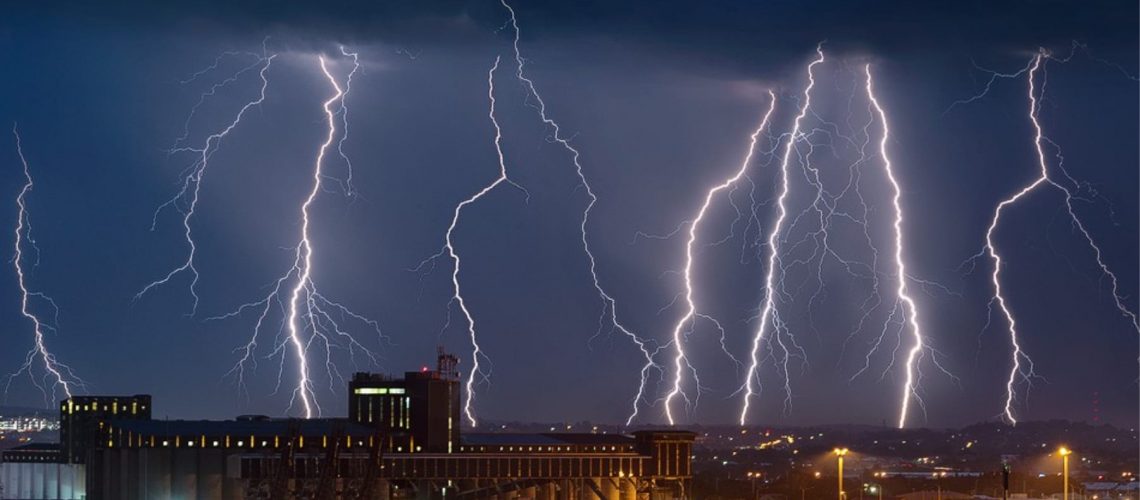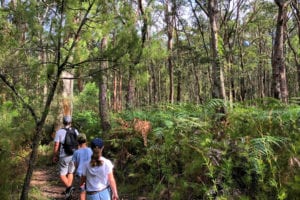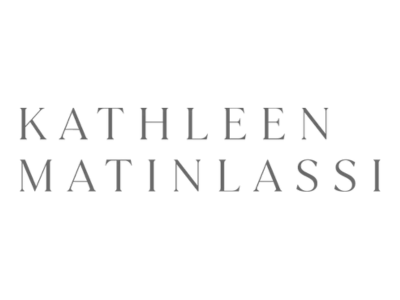Lately, we’ve had the time to think about all the things we’d love to do but never seem to have the time to get around to. In my cupboard, I have a camera passed down to me from my late father in law that I play around with when I get the time. I would love to get some fantastic shots of lightning but I never seem to manage it. I asked Lake Macquarie local, David Diehm who is known for his amazing landscape photos, to share some advice. David is our resident Lake Macquarie lightning photographer expert! He’s responsible for some of the most amazing local lightning photographs I’ve seen so I know I’m going to learn a lot. Here are David’s top lightning photography tips.
‘How did you capture that bolt?’
Capturing roaring lightning bolts as they light up the sky can produce quite an extraordinary image that any photographer would be proud of. It’s a regular conversation point amongst enthusiast photographers and a question I’m often asked. I would like to share some tips and tricks to either get you started or refine your process in capturing that elusive bolt of lightning.
Newcastle and the Greater Hunter have had quite a late, but active storm season this year. There have been numerous opportunities to observe one of nature’s most unpredictable forces. One evening last month lightning lasted some 5 hours, going well into the early hours of the morning.
Lighting can be captured on a variety of devices, these days apps on your phone will even assist in capturing bolts. For the purpose of this article, I am going to focus on the use of DSLR cameras.
Gear required
There’s a lot of stigma around the more expensive gear taking a better shot. It’s the individual driving the camera and creating the image, not the other way around. You don’t need to become fixated on the cost of your gear.
- Tripod – A steady surface is essential. At night your image is going to take a while to create ( long exposure), the shutter on your camera may be open for 5, 10 or even 15 seconds to generate an image.
- Select the widest angle lens you have. Lightning can spread across a large portion of the night sky and you don’t want to chop off your bolt! As a standard, I will often start out with a 24-70mm lens and then change to something even wider as the storm gets closer like a 16-35mm lens.
- A release cable or remote shutter – optional, though using one of these will greatly reduce the likelihood of blurred images from bumping the camera.
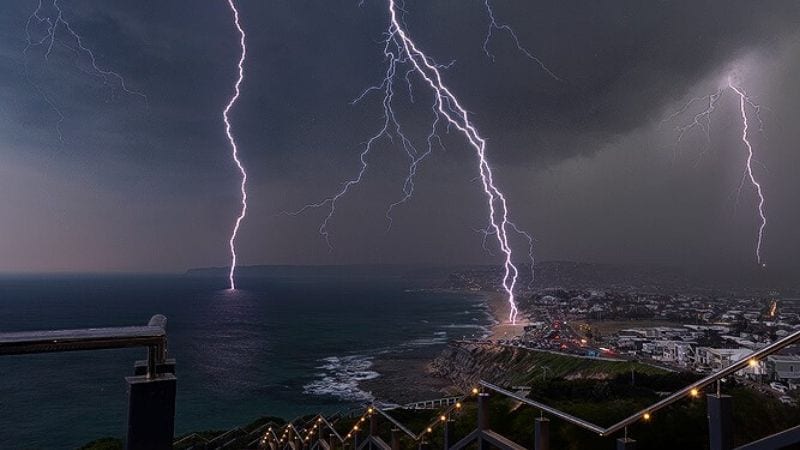
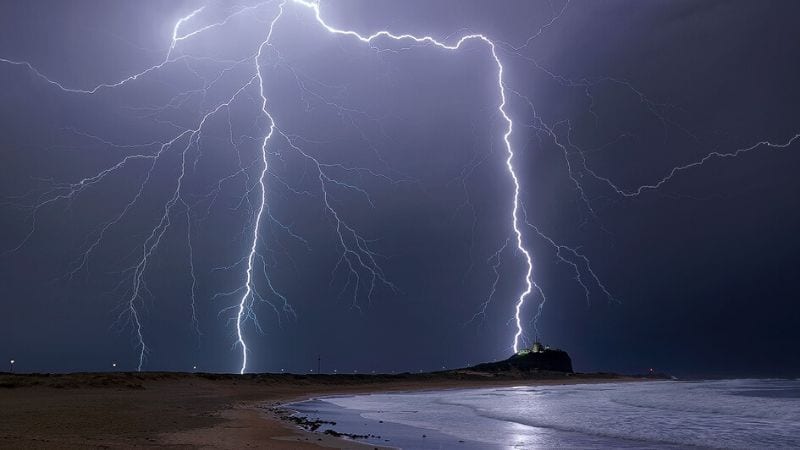
Settings
Manual mode will get the best out of your camera when it comes to low light photography. What I will lay out below is a basic starting point, light is always different, and lightning is something that dramatically changes this. I would encourage you to experiment with different settings. There are 3 variables that you should be aware of and change.
- ISO – For most cameras, you’ll leave this on a lower setting, around 100. The lower the better generally as the image will appear less grainy.
- Aperture or F-stop – this will give you your depth of field. If the lighting is on dusk, I will often sit around f13. As the light fades and it gets much darker, I will often find myself around f5.6.
- Exposure – Length of time the camera’s shutter is open. Around dusk at f13 the length of exposure will often be around 1-3 seconds. As the light fades an exposure will head towards 15-20 seconds. If, however, the lightning is close and very bright, the exposure may only be a few seconds. Multiple bolts in your shot will be created by having a longer exposure (30second).
These 3 variables are so dependent on how dark it is and how close or constant the lightning is. You should always check your image after each shot and adjust accordingly. Lightning can be very frustrating to capture as the amount of light and intensity is ever-changing.
Focusing
When shooting at night you will need to disengage autofocus. Either set the lens to infinity or autofocus on some distant lights before switching the lens to manual focus.
Location
The best spot will always be an exposed skyline, so you have the optimal chance of capturing a full bolt. When you have become comfortable with capturing bolts and adjusting the setting accordingly that’s when I would encourage you to think about some foreground framing.
Lightning, camera, action!
We’ve covered several fundamentals required to achieve that lightning shot you’re after. The key focus should be the sturdy tripod with a wide-angle lens. The setting examples are a great starting point, but you’ll need to play with these and adapt to the situation in front of you. Lightning can be very tricky to capture, plenty of patience, timing and some luck is required. The obvious risks associated with such activity should also be considered. Best of luck with capturing your very own lightning image.
Contributor:
![]()
David Diehm Photography
David Diehm – Owner
Description: David is a Lake Macquarie based photographer who is passionate about capturing the natural beauty of our local region. David provides two main professional photography services to Lake Macqaurie and the greater Newcastle area. His portfolio of Lake Macqaurie images includes landscapes, seascapes and aerial images. If you’re looking for that special image for your home or business, David has a wide variety of quality images available online. You’ll also love his family and maternity shoots because they’re a powerful way to capture memories that will last a lifetime.
Phone: 0434643412
E: daviddiehmphotography1@gmail.com

